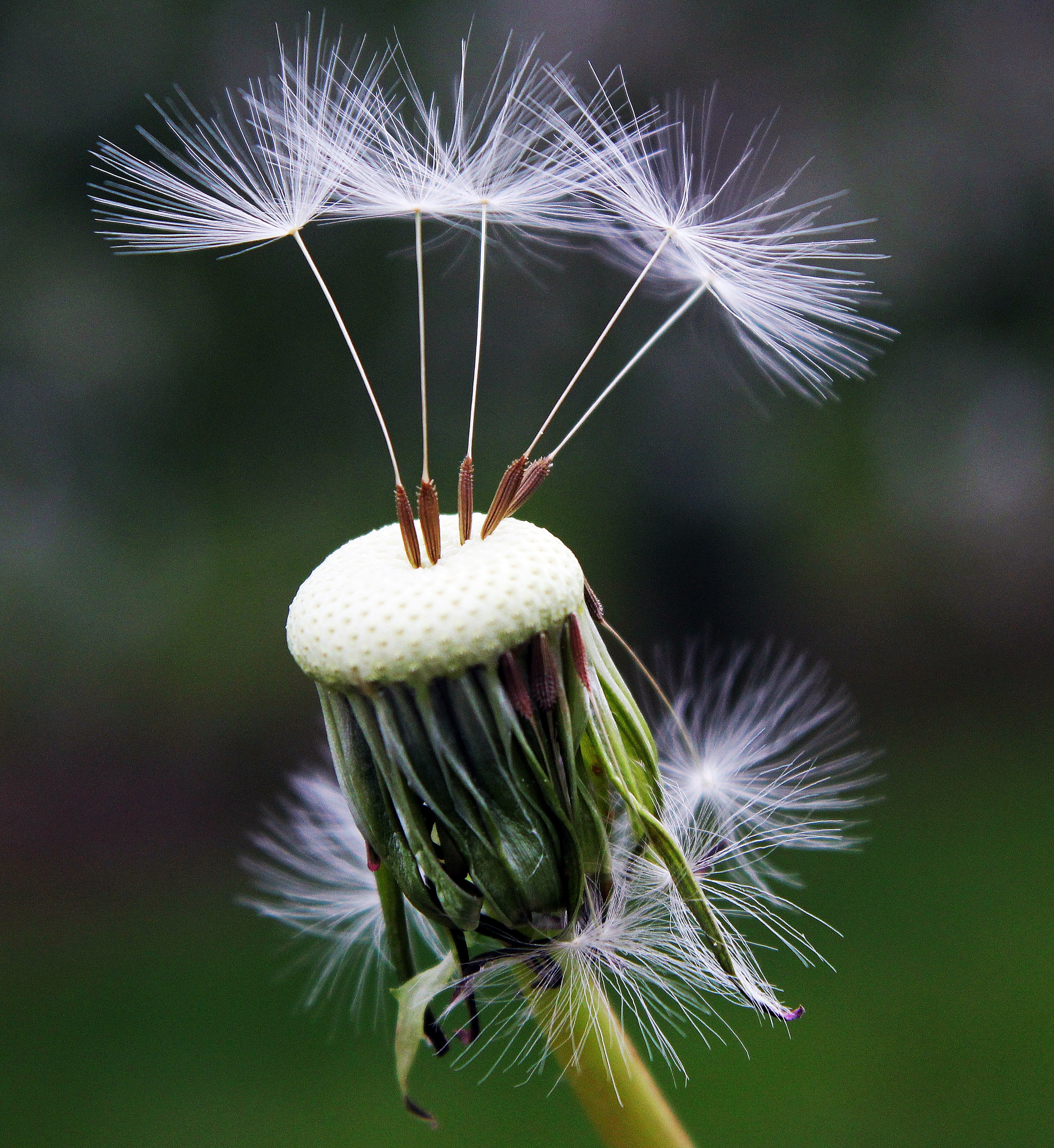Proprioception. It’s a big word that’s bandied about a lot in equestrian circles. And though it sounds like a massive concept, really it just means your perception or awareness of the position of and movement of your body—and of course as riders and trainers we all know what a huge role that plays when working with horses, on the ground or in the saddle.
In HORSE BRAIN, HUMAN BRAIN, the book that is taking the equestrian world by storm with its game-changing explanations of the neuroscience of horsemanship, brain scientist and horsewoman Janet Jones explains in plain language how important our proprioception is to achieving effective and fair communication with our horses.
Read on:

Why do riders have to address small discrepancies in proprioception? If your brain thinks your left shoulder has moved back 1 inch, same as your right one, but in fact it’s moved back 2 inches, so what? The answer is that we need to match our horse’s proprioceptive sensitivity if we hope to achieve brain-to-brain communication. And horses are exquisitely sensitive animals when it comes to body awareness.
Flygirl is a Holsteiner built like a tank, black with a sprinkling of socks and some grey hair on her face. After a lifetime of Grand Prix jumping in the United States and Europe, she’s now a late-twenties school horse who teaches equitation to beginning and intermediate hunt seat riders. One afternoon long ago I was working on flying changes with her and noticed how sensitive she was to my aids. To request a lead change on a straight line, all I had to do was shift my head slightly to the side corresponding to the new lead. She changed instantly. The same was true over fences. To turn left in the air, I just barely looked left.

Nearly every trainer will tell you that when riders look left, our hands, shoulders, hips, and legs unconsciously shift left. Horses could be picking up many bodily cues aside from head position—and indeed it’s unlikely they would notice a 10-degree turn of the head. They can’t even see us up there! So I experimented with Fly, holding every part of my body true north while shifting only my head slightly to the northwest. I tried this in all directions, at various locations, over fences and on the flat, at all gaits and unexpected moments over a month or so. She turned every time. She also matched the degree of her bodily turn to the degree of my head turn.
Even if she was picking up some form of unconscious directional change in my body, that level of sensory discrimination is sick—in the very best way.
Can a huge animal be sensitive? Well, the average horse weighs 50 million times more than the average fly, but immediately feels the pest settle on his body. A hypothetical human with that degree of sensitivity would feel the weight of five unseen dandelion seeds—something real humans can’t do. Trained horses can detect from two yards away a nod of the human head that measures only 8/1000 of an inch in displacement. That’s two-and-a-half times more susceptible to visual displacement than we are. Faced with the same nod, humans wouldn’t even know it had occurred.

One more statistic: at the withers, a horse can detect 3/10,000 of an ounce of pressure from one nylon filament—the weight of about three grains of sand. Poke the same filament into a human fingertip, and we have no idea it’s there.
With this level of sensitivity, horses notice the difference between 1 inch of shoulder movement and 2 inches. And they’re trying to figure out what it means. If we fail to train our brains proprioceptively, our horses suffer confusion in the face of mixed messages.
A secondary issue is at work here, too: Vision, while a tremendous boon for daily life, often interferes with proprioception. For example, asked to walk at a normal pace and stop with both feet toeing an imaginary line, most people will look at their feet to accomplish the task. Just for fun, hop up and try that, then practice a few times without looking. You might be surprised at how close you come to the line that your eyes can’t see. Our brains can direct our bodies without eyesight, if we let them. Vision cheats our proprioceptive system of the chance to do its work.

So, equestrians hone proprioception not only because our mounts are super-sensitive, but also because we can’t watch our bodies or our horses while we ride. We have no choice but to ride by feel. Proprioceptive training teaches our brains to align our joints, maintain balance, isolate muscles for independent use, and regulate their flexibility and strength in ways that promote direct communication between horse and rider.
HORSE BRAIN, HUMAN BRAIN by Janet Jones is available from the TSB online bookstore, where shipping in the US is FREE.
CLICK HERE for more information or to order.
Trafalgar Square Books, the leading publisher of equestrian books and videos, is a small business based on a farm in rural Vermont.

